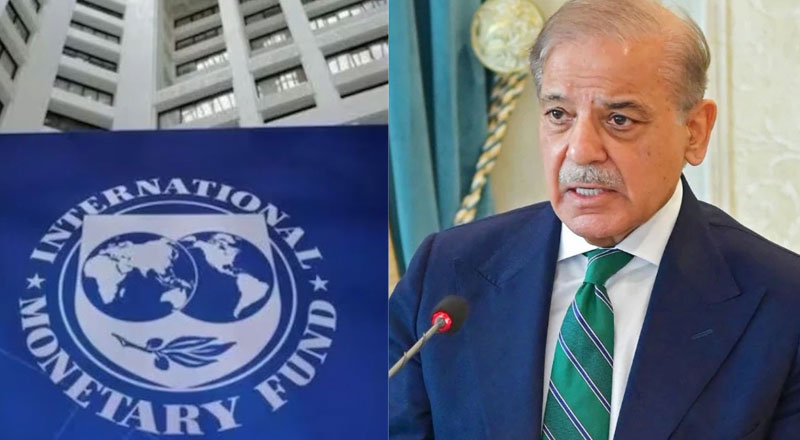The End of a Transformative Era
The Roman Catholic Church has entered a profound moment of transition. Pope Francis, the first Jesuit and first Latin American pontiff, passed away at the age of 88 in his Vatican residence, following complications related to pneumonia. His 12-year papacy was marked by bold reform, inclusive outreach, and a desire to bring the Church closer to marginalized communities around the world.
His death not only brings sorrow to the 1.4 billion Catholics he shepherded, but also places the Church at a pivotal junction—balancing tradition with transformation, and global unity with regional diversity.
As the Vatican prepares for the pope’s funeral and the traditional nine-day mourning period known as novemdiales, attention now turns to the College of Cardinals, who will soon gather for a secretive conclave in the Sistine Chapel to elect the 267th pope.
A Legacy of Reform and Humility
Born Jorge Mario Bergoglio in Argentina, Pope Francis broke many molds. He emphasized humility by choosing to live in the modest Casa Santa Marta, reformed financial transparency in the Vatican, championed action on climate change, and softened the Church’s tone on divisive issues like homosexuality and divorce.
But Francis’s papacy also faced criticism from conservative factions resistant to his liberal outlook. Now, the choice of his successor could determine whether the Church advances his vision or reverts to more traditional roots.
The Conclave: How the Next Pope Will Be Chosen
The College of Cardinals, consisting of 120 cardinal-electors under the age of 80, will convene in total secrecy. Inside the Sistine Chapel, they will hold a series of votes requiring a two-thirds majority to elect the next pope.
Until consensus is reached, ballots are burned to release black smoke—signifying no decision. When a new pope is chosen, white smoke signals the announcement: Habemus Papam— “We have a Pope.”
The Frontrunners: A Church Looking Ahead
As the world speculates, several cardinals have emerged as frontrunners, each representing different theological and geographic leanings.
Cardinal Luis Antonio Tagle (Philippines)
A progressive voice and close ally of Francis, Tagle is beloved in Asia and beyond for his pastoral tone and empathy. His election would mark the first Asian pope and reflect the Church’s shifting center toward the Global South.
Cardinal Pietro Parolin (Italy)
The current Vatican Secretary of State, Parolin brings diplomacy, institutional knowledge, and continuity. A seasoned negotiator, he may be the choice for those who want to preserve Francis’s reforms while ensuring stability.
Cardinal Peter Turkson (Ghana)
If chosen, Turkson would become the first African pope in more than 1,500 years. His advocacy for social justice and environmental issues echoes Francis’s priorities, while his election would affirm Catholicism’s exponential growth across Africa.
Cardinal Peter Erdo (Hungary)
For conservatives seeking a doctrinal reset, Erdo offers theological rigor and a return to tradition. However, his rigid views and controversial positions on immigration could polarize the Church.
Cardinal Matteo Zuppi (Italy)
Often seen as a “bridge-builder,” Zuppi combines pastoral compassion with diplomatic finesse. His openness to LGBTQ Catholics and role in peace-building missions makes him a compelling progressive candidate.
Cardinal Angelo Scola (Italy)
A respected theologian and past contender, Scola represents an experienced but more traditional voice. His age may work against him, yet he remains influential among conservative intellectuals.
Cardinal Raymond Leo Burke (USA)
A vocal critic of Francis, Burke is a champion of conservative Catholicism. While he resonates with some traditionalist groups, his combative style and marginal standing in the Vatican make his candidacy unlikely.
A History of Papal Elections and Their Symbolism
Since the Middle Ages, the conclave has been a deeply symbolic process—often influenced by geopolitics, theology, and shifting demographics. As Catholic populations expand in Asia and Africa while shrinking in Europe and North America, the choice of the next pope is as much about where the Church is headed as it is about who leads it.
This moment, like the election of Francis in 2013, could once again redefine Catholicism’s global image and internal direction.
What the Global Community Hopes For
Catholics worldwide now await a decision that could either continue Francis’s path of inclusion or chart a new, possibly more conservative course. In regions struggling with inequality, war, and social change, many are calling for a pope who can speak universally yet lead compassionately.
Whether it is a reformer, a traditionalist, or a consensus-builder, the next pope will inherit not only the keys to the Vatican but also the hopes and tensions of a faith that spans continents and cultures.
In this solemn yet expectant hour, the world watches—looking to the chimney atop the Sistine Chapel, and to the future of a Church that has once again come to a defining crossroads.
(With inputs from agencies)





